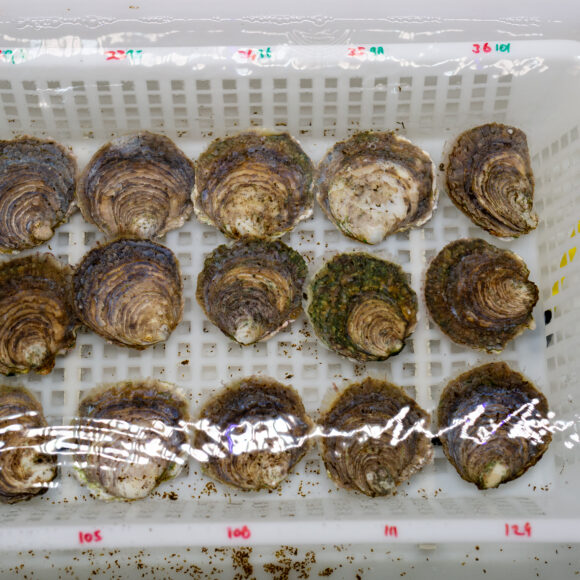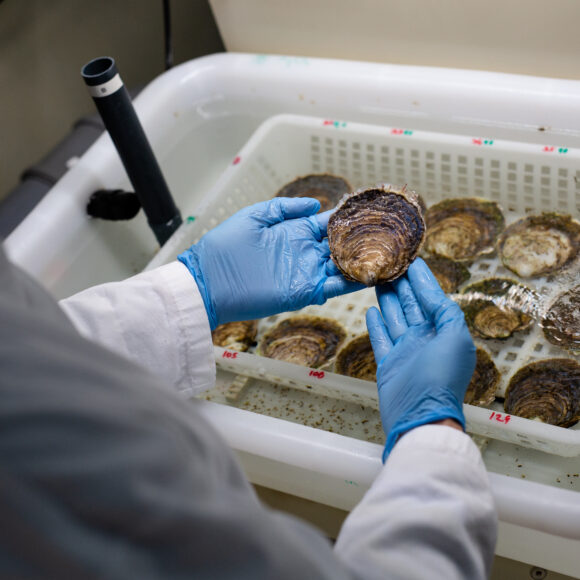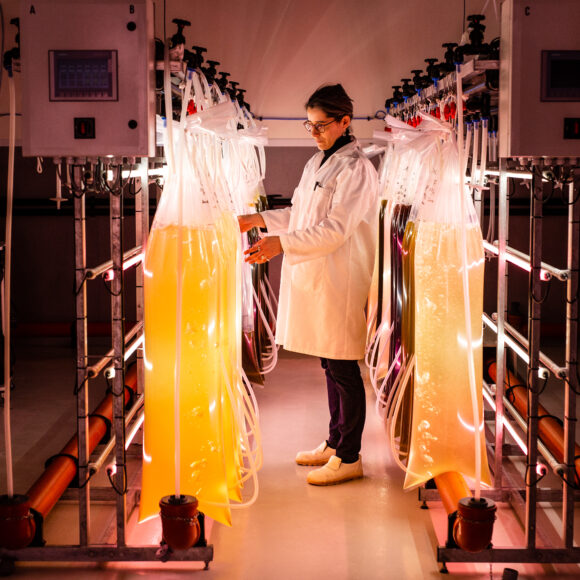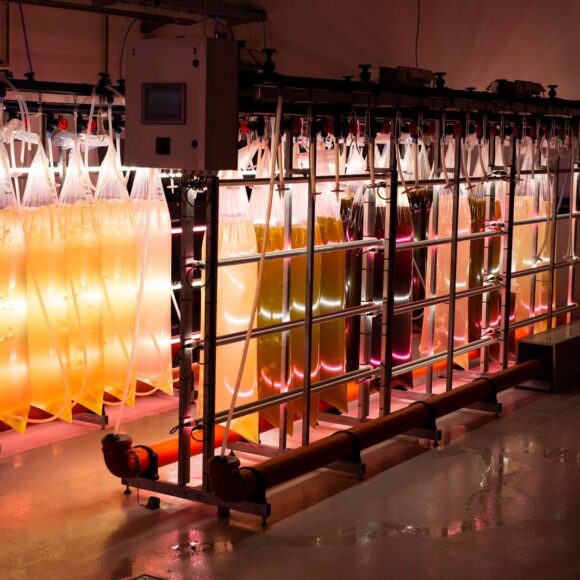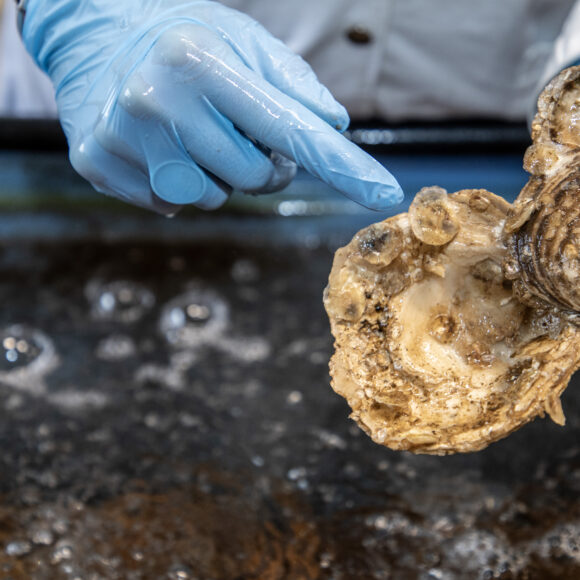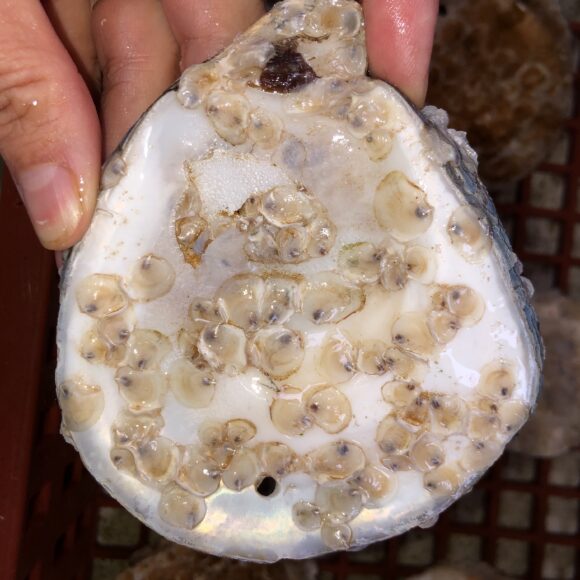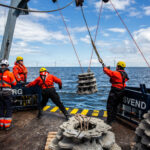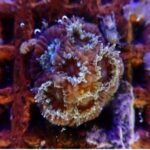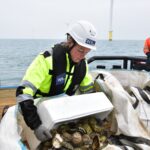BioReef
Objectives
Develop and scale up methods, tools, and protocols to restore biogenic reefs of European flat oysters and horse mussels in Danish waters at historical sites.
Short description
In the last century, biogenic reefs in the North Sea have declined drastically. These reefs are crucial for marine ecosystems, providing both a food source and complex habitats where many species can forage and thrive. In Danish waters, biogenic reefs are primarily formed by bivalves -soft-bodied marine animals that have two shells – such as mussels or oysters. These reefs consist of both the living organisms and their empty shells.
As part of the global partnership between Ørsted and WWF to advance offshore wind with a net-positive impact on the ocean, Ørsted, in collaboration with WWF Denmark and the research Institute DTU Aqua, launched the BioReef project in 2023. This project focuses firstly on breeding European flat oysters and horse mussels in a hatchery in Nykøbing MorsThe hatchery at Nykøbing Mors is part of the Danish Shellfish Centre, which is affiliated with DTU Aqua, the National Institute of Aquatic Resources, and the Technical University of Denmark. The Center focuses on all aspects of coastal waters, with a particular emphasis on shellfish and seaweed. , Denmark. In addition, project partners test novel methods and protocols for seed production, as well as the transfer of spat oysters to selected restoration sites.
The transfer of oyster spat to offshore sites is a delicate process. Various methods have been tested, including the integration of spat-on-shell substrate structures at the hatchery, followed by an evaluation of their performance in the marine environment. This evaluation involves measuring parameters such as hydrodynamics, biofouling, and natural degradation.
The pilot testing site area in Limfjorden, right next to the Nykøbing Mors hatchery, is being monitored both before and after deployment to assess the success of the restored reefs and associated biodiversity. Based on insights gained from this pilot, the project team will select the most promising substrate and structures and begin the process of upscaling the spat-on-shell substrate structures, paving the way for the final deployment of the reefs. If successful, this restoration method has the potential to be scaled up and implemented in similar marine environments.
